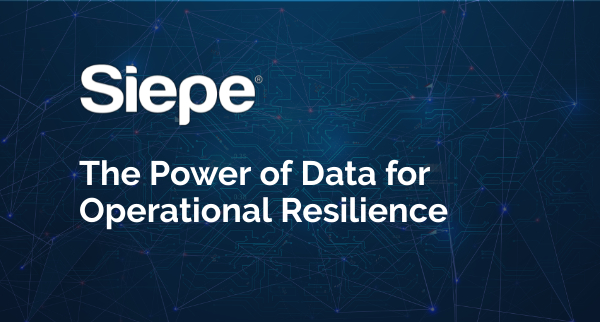Over the past 18+ months, the global pandemic has served as a catalyst for many of the technology and operational decisions the buy-side has made. Many have deployed solutions to optimize efficiency, help reduce costs and, perhaps most importantly, ensure data remains secure, whether working remote or on-prem. This has accelerated the way data has been captured, stored and analyzed.
As asset managers continue to grapple with the evolving landscape, a recent study from Temenos found that 56% of asset managers will prioritize their spending on technology and data infrastructure in the next year to improve operational resiliency.
With this in mind, we wanted to take a closer look at specifically where these firms are looking to allocate the most resources. Our survey included four key areas of the data ecosystem and asked which one firms plan to invest the most in over the next three years?
The survey produced the following results:
- Data Aggregation / Warehousing > 23%
- Data Science, Machine Learning, Artificial Intelligence > 15%
- Data Analytics and Reporting > 62%
- Other > 0%
BREAKING DOWN THE DATA
Data Analytics and Reporting secured the most votes, which made perfect sense to us. For years, asset managers have been looking for ways to do more with their data and drive more strategic decisions in their investment portfolios. While asset managers have plenty of data available at their disposal, it is mostly raw and unstructured – making it difficult to detect the benefits, and where actionable insights can be derived.
Data Aggregation / Warehousing garnered the second most amount of votes. This is a prime example of where the global pandemic impacted operational resilience for businesses. With employees forced to work remotely, asset managers have had to supply them with the tools to continue with their day-to-day tasks – unfortunately, many were ill-equipped with the necessary tools to facilitate a digital transformation.
As a result, siloed data sets between employees within organizations have been created. This has made it very difficult for asset managers to understand the data they have in order to fuel deeper analytics and meaning into their fund’s performance and across the business in general.
Data Science, Machine Learning and Artificial Intelligence followed slightly behind data aggregation/warehousing. As these technologies continue to increase in popularity, many businesses are starting to see how they can help automate, compute and visualize data processing. With the level of sophistication behind these applications only growing and advancements in algorithms being steadily rolled out to the industry, this is an area that will have a greater focus on the buy-side in the year ahead. At that point, asset managers will be able to analyze, understand and find hidden patterns in data and make predictions that best suit their needs
As the asset manager community and financial ecosystem continue to change, firms must have in place the necessary solutions to drive better decisions and increase operational resilience. If using several different vendors, more disparity between data sources, increased silos and damages to institutional investors’ strategic decisions can be a result.
THE SOLUTION
Managed service providers deliver asset managers solutions that create a more efficient way for fund managers to discover strategic and actionable insights. This enables them to leverage data as an asset, providing investment transparency and optimizing efficiency through process visualization. Examples of these solutions include:
- INTERACTIVE DASHBOARDS – enabling investors to visualize portfolio exposures and performance measures with varying dimensions of granularity and analytics
- DATA AGGREGATION – allowing asset managers to track custom issuer financials and attributes to augment automated aggregate position and trading data across all sources
- DATA CENTRALIZATION – enabling asset managers to stitch together public and proprietary information to drive forensic insight into portfolio performance, while ensuring the highest level of security and third-party integration
To find out more about how a managed services provider can bolster your operational resilience, contact us today.

